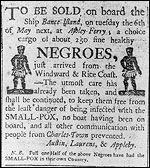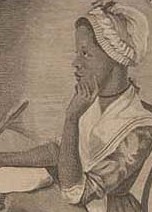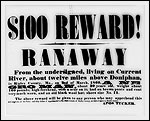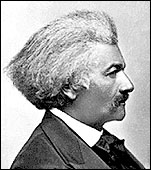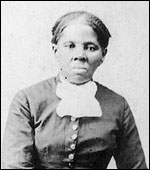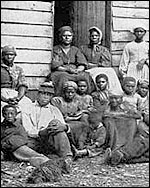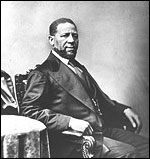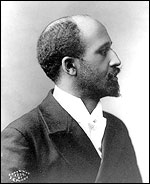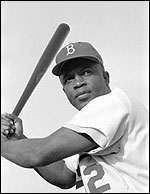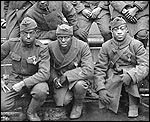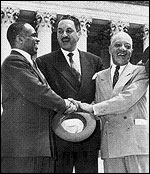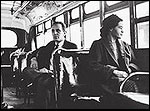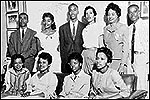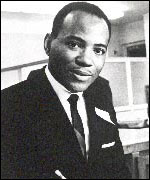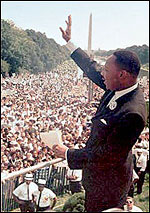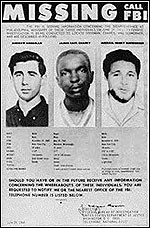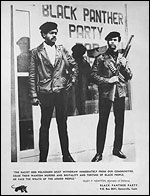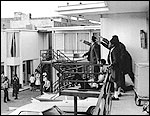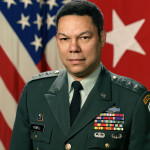Feb

|
|
|
Categories
- Algebra (5)
- Apps (52)
- Articles (11)
- Asian History (4)
- Asian History Heritage (13)
- Asian History Heritage Articles (8)
- Asian History Heritage Prayer (1)
- Asian History Heritage Spotlight (9)
- Band (3)
- Biology (11)
- Black History Heritage (39)
- Black History Heritage Articles (17)
- Black History Heritage Links (6)
- Black History Heritage Prayers (12)
- Black History Heritage Spotlight (16)
- Calculus (5)
- Career Counseling (1)
- Chemistry (10)
- Chorus (3)
- Computer Science (3)
- Dance (2)
- Economics (11)
- English (11)
- English Studies (3)
- Environmental Science (12)
- Ethics & Values (13)
- Faith & Culture (12)
- Faith & Culture Articles (7)
- Faith & Culture Prayers (4)
- Faith & Culture Spotlight (4)
- Faith & Religion (9)
- FAQ (3)
- FAQ Gradebook (3)
- French (4)
- Gay, Lesbian, and Transgender (17)
- Gay, Lesbian, and Transgender – Articles (7)
- Gay, Lesbian, and Transgender – Prayers (3)
- Gay, Lesbian, and Transgender – Spotlight (10)
- Geography/Epistemology (6)
- Geometry (4)
- Health (6)
- Inclusive Curriculum at Saint Mary’s (1)
- International Languages (13)
- Irish History & European Cultures (18)
- Irish History & European Cultures – Articles (7)
- Irish History & European Cultures – Prayers (6)
- Irish History & European Cultures – Spotlight (7)
- Islamic History (4)
- Latino & Hispanic History & Heritage (25)
- Latino & Hispanic History & Heritage Articles (13)
- Latino & Hispanic History & Heritage Prayers (5)
- Latino & Hispanic History & Heritage Spotlight (17)
- Learning Management (26)
- Lectures (2)
- Literature (3)
- Marine Biology (9)
- Mathematics (15)
- Multimedia (5)
- Physical Education (2)
- Physical Education & Health (16)
- Physics (10)
- Physiology (8)
- Poetry (3)
- Psychology (10)
- Public Policy (12)
- Register to Vote! (10)
- Register to Vote! – Articles (5)
- Register to Vote! – Links (3)
- Register to Vote! – Prayers (1)
- Register to Vote! – Spotlight (2)
- Religious Studies (21)
- Science (23)
- Scripture (9)
- Senior Project (1)
- Social Justice (13)
- Social Studies (25)
- Spanish (4)
- Sports Medicine (4)
- Statistics (5)
- Student Committee (3)
- Student Committee – 2015-2016 (2)
- Technology Use Guides (8)
- Theater Arts (6)
- Trigonometry (4)
- Uncategorized (6)
- US Government (9)
- US History (10)
- Videos (6)
- Visual & Performing Arts (15)
- Visual Arts (6)
- Women History – Articles (3)
- Women History – Prayers (2)
- Women History – Spotlight (3)
- Womens History (8)
- World History (8)
- World Religions (9)
Post Calendar
| M | T | W | T | F | S | S |
|---|---|---|---|---|---|---|
| 1 | 2 | 3 | 4 | |||
| 5 | 6 | 7 | 8 | 9 | 10 | 11 |
| 12 | 13 | 14 | 15 | 16 | 17 | 18 |
| 19 | 20 | 21 | 22 | 23 | 24 | 25 |
| 26 | 27 | 28 | 29 | 30 | 31 | |
Categories
Archives
- March 2020 (3)
- October 2017 (3)
- September 2017 (3)
- August 2017 (2)
- April 2017 (3)
- February 2017 (13)
- September 2016 (1)
- August 2016 (1)
- May 2016 (28)
- April 2016 (9)
- March 2016 (3)
- February 2016 (94)
- January 2015 (8)
- December 2014 (12)
- September 2014 (1)
- November 2013 (1)
- October 2013 (1)
- May 2013 (2)
- April 2013 (23)
- March 2013 (14)
- February 2013 (13)
- October 2012 (1)
- September 2012 (2)
- January 2012 (1)
Recent Posts
- Distance Learning Resources March 18, 2020
- Visualizing the History of Pandemics March 15, 2020
- Visualizing the History of the World March 15, 2020
- America Georgine Ferrera October 4, 2017
- Sophie Cruz October 3, 2017

